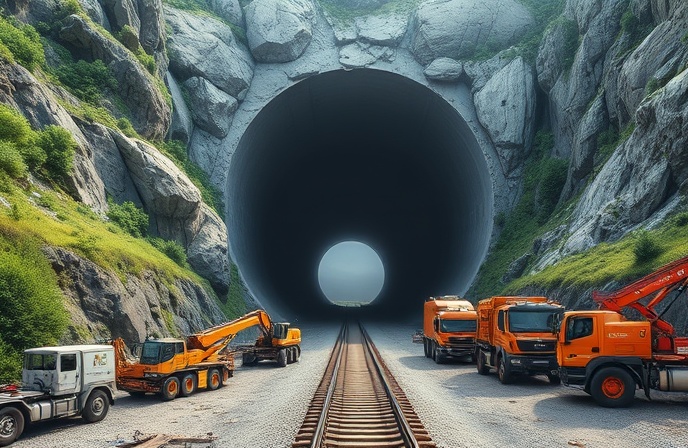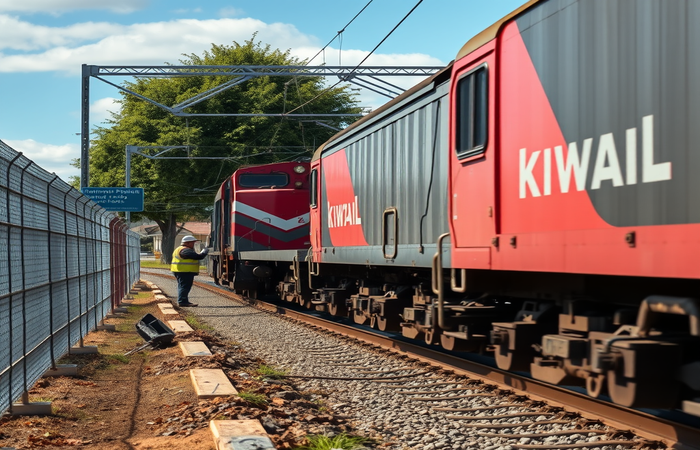UK Rail Strikes: Crisis, Causes, and Potential Solutions

The Ongoing UK Rail Strikes: A Deep Dive into the Dispute
The United Kingdom is currently facing a protracted period of rail strikes, orchestrated by the Rail, Maritime and Transport union (RMT). This industrial action, impacting over 20,000 workers across 14 Train Operating Companies (ToCs), stems from a complex interplay of factors encompassing pay disputes, concerns over job security, and disagreements regarding working conditions. This article delves into the core issues fueling the conflict, examining the perspectives of both the RMT union and the Department for Transport (DfT), and analyzing the broader implications of this ongoing industrial action for the UK rail network and its passengers. The analysis will explore the historical context of the dispute, the arguments put forward by each side, and potential pathways towards a resolution. Understanding the intricacies of this dispute is crucial, not only for grasping the current state of the UK rail system but also for predicting its future and considering the implications of such disputes on the overall efficiency and reliability of the national infrastructure.
The Core Demands: Pay, Job Security, and Working Conditions
At the heart of the RMT’s dispute lies a multifaceted set of demands. The union argues that the proposed pay increases offered by the ToCs, facilitated by the DfT, are insufficient and fail to reflect the rising cost of living and the dedication of railway workers. They highlight the essential role railway staff play in maintaining a functional rail network, arguing that their compensation should reflect their expertise and responsibility. Beyond pay, the RMT expresses significant concern regarding job security, particularly in light of proposed involuntary redundancies. The union contends that these redundancies would not only harm individual workers but also undermine the overall efficiency and safety of rail operations. Furthermore, the RMT cites concerns over working conditions, emphasizing the need for improvements in areas such as staffing levels and safety protocols. These interrelated demands form the bedrock of the union’s ongoing campaign.
The Government’s Position and the Role of the ToCs
The UK government, through the DfT, maintains that it has presented fair and reasonable pay offers. They argue that these offers represent generous increases, and that the RMT’s continued strike action is disrupting the lives of commuters and hampering the recovery of the railway industry following the pandemic. The government emphasizes the financial constraints facing the rail sector and suggests that the union’s demands are unsustainable. The ToCs, while not directly participating in negotiations with the union, are bound by contracts with the government and thus find themselves caught in the middle. They are responsible for implementing any pay agreements reached between the RMT and the DfT, making their cooperation crucial to any resolution. This complex relationship between the government, ToCs, and the RMT adds layers of complexity to the negotiation process and creates a situation where effective communication and compromise are particularly challenging.
The Impact of Prolonged Industrial Action
The ongoing rail strikes have had a profound impact on the UK’s railway system and its passengers. The repeated disruptions to services have caused significant inconvenience and financial losses for commuters and businesses alike. Reduced services have led to overcrowding on remaining trains, extended journey times, and increased reliance on alternative modes of transport. The economic implications extend beyond individual passengers, impacting businesses dependent on reliable rail connections for the movement of goods and personnel. The long-term effects of such sustained disruption could damage public trust in the railway system and undermine the potential for future investment and modernisation. This sustained conflict presents a considerable challenge to the future viability of the UK’s rail network and its ability to support economic growth.
Towards a Resolution: Potential Pathways and Challenges
Resolving the current crisis requires a multifaceted approach that addresses the core concerns of the RMT while remaining mindful of the financial constraints faced by the rail industry. Open and transparent negotiations, involving all stakeholders, are paramount. A focus on improved communication and a willingness to compromise are essential to build trust and reach a mutually acceptable agreement. Independent mediation could play a critical role in facilitating constructive dialogue and helping the parties find common ground. Exploring alternative dispute resolution mechanisms, such as arbitration, might offer a pathway towards a binding agreement that avoids further protracted industrial action. However, the deeply entrenched positions of both sides and the political complexities involved make a swift resolution a challenging prospect. The path forward requires a genuine commitment from all parties to prioritize the long-term interests of the rail industry and the travelling public. Failure to achieve a lasting settlement could lead to further disruptions, undermining public confidence and hampering the sector’s long-term sustainability. The future of the UK’s rail network hinges on finding a workable solution that balances the legitimate concerns of railway workers with the need for a financially viable and efficient system.





